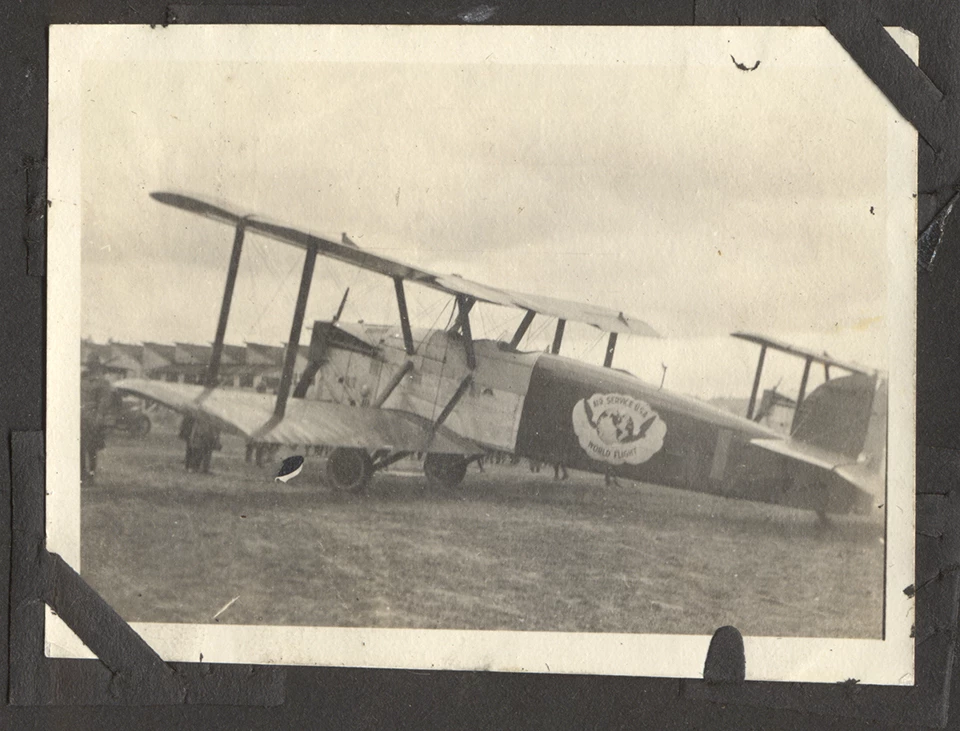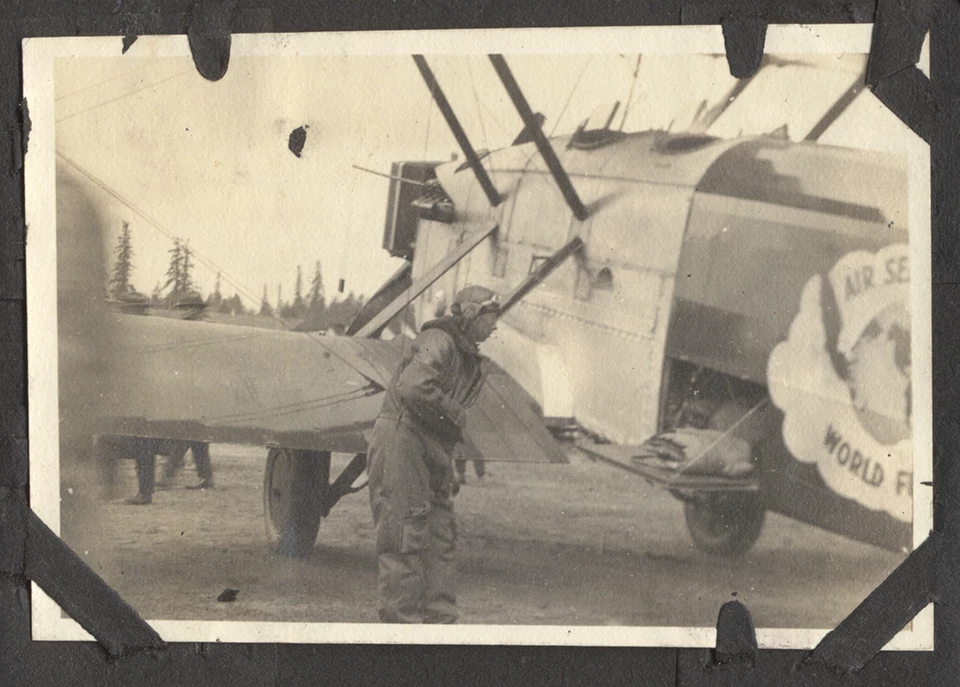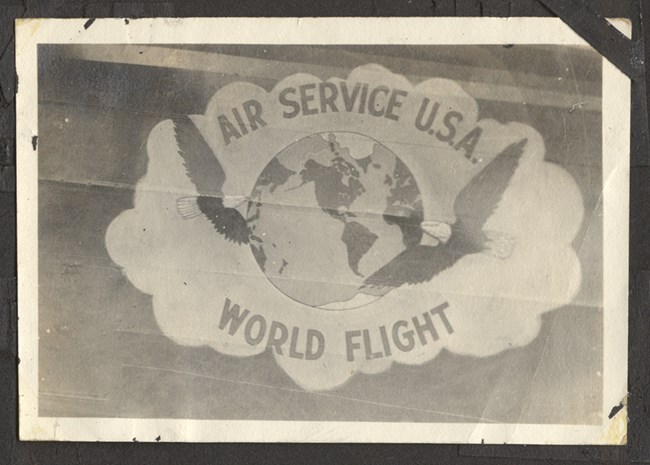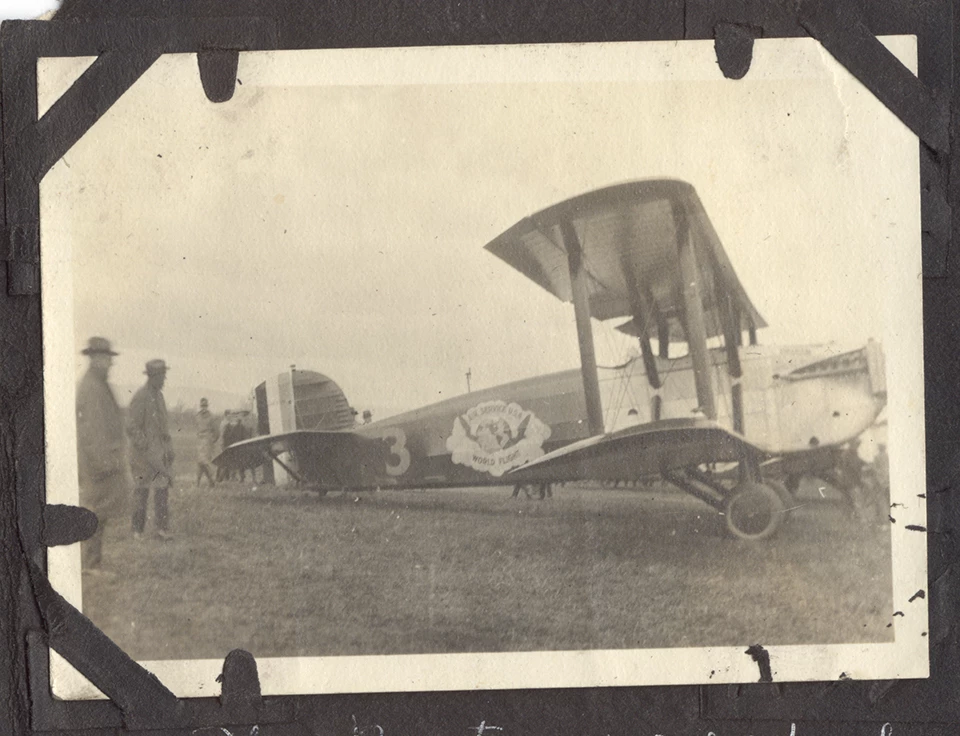Article
First Flight Around the World: The Douglas World Cruisers at Pearson Field

Courtesy of Willard Carroll
As plans for the flight were developed, the U.S. War Department realized that none of their existing military planes could complete the flight. Plans for a new, more capable airplane were requested from manufacturers around the world. Donald Douglas was awarded the contract for his design of a modified DT-2 torpedo bomber his company had built for the U.S. Navy in 1921 and 1922. A fleet of five aircraft were delivered: one for testing and training, and four for the expedition itself.
The Douglas World Cruisers were constructed of Sitka spruce from the coastal forests of the Pacific Northwest. They were sturdy aircraft that could accommodate interchangeable landing gear - wheels and pontoons - which was an absolute requirement. In 1924, there were still relatively few developed airfields around the world, and much of the proposed route would require water landings for refueling.

Courtesy of Willard Carroll.

Courtesy of Willard Carroll
Landing at Vancouver Barracks
Three Douglas World Cruisers left Santa Monica, California, on March 17, 1924, heading for Seattle, the official start point of the flight. Three of the aircraft - the Seattle, Chicago, and Boston - landed at the Vancouver Barracks Aerodrome (now known as Pearson Field) on March 19, 1924. They attempted to continue to Seattle that afternoon, but were forced back to Vancouver due to bad weather. They took off again the next morning, and made it safely to Seattle.
"The flight arrived at Vancouver, Wash., at 12:05 p.m., time of flight being 1 hour, 5 minutes. Vancouver is directly across the Columbia River from Portland. We were met by the mayor of Portland, the mayor of Vancouver, General Kuhn, the Commanding General of Vancouver Barracks, and many others of prominence in addition to a large crowd from Portland and Vancouver."
-Major F.L. Martin, Army Air Service, Pilot of the Seattle
The images of the Seattle and the Boston in this article were taken at Vancouver Barracks. These two aircraft suffered accidents during the flight, and neither of them completed the journey.
The two World Cruisers that completed the journey - the Chicago and the New Orleans - made Vancouver Barracks their last stop before their triumphant return to Seattle, landing at the Vancouver Barracks Aerodrome on September 28, 1924.

Courtesy of Willard Carroll.
